West African woods are home to the rare White-necked Rockfowl (Picathartes gymnocephalus), also known as the Yellow-headed Picathartes.

Its unusual bald, golden head with a black crown patch distinguishes it. Its dark wings and tail contrast with its grey body and white neck and upper breast. It is one of the most visually unusual birds in its region due to its exquisite, almost ancient appearance and long legs and tail.
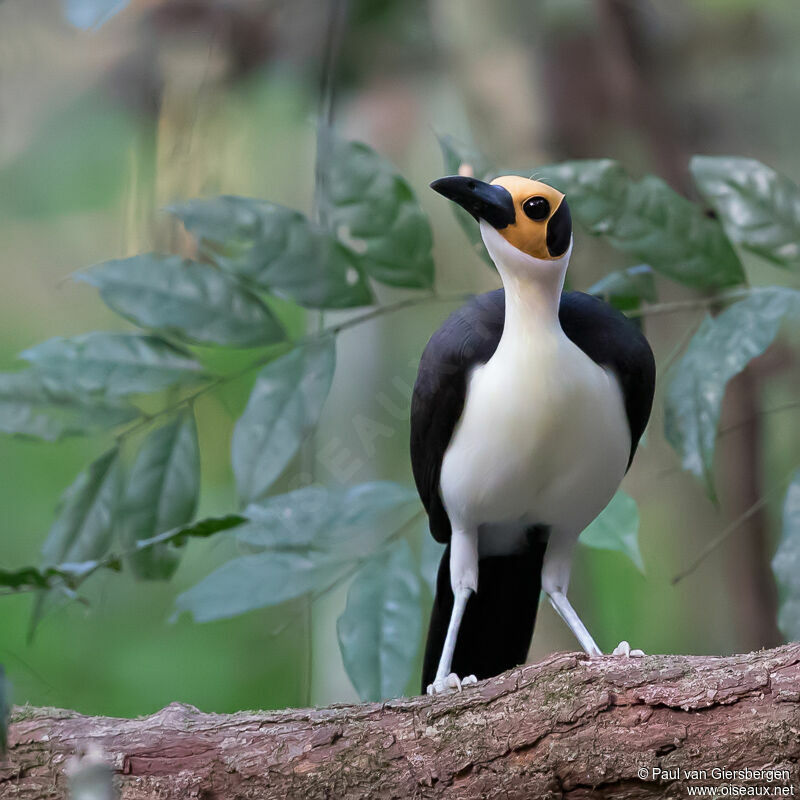

The White-necked Rockfowl inhabits rocky, forested terrain in Sierra Leone, Guinea, Liberia, and Côte d’Ivoire. It favors damp, dense woodlands near rocky outcrops or cliffs for nesting. These birds live in small, close-knit groups and form deep ties. Long legs and sharp claws help them scale rocky terrain and dense undergrowth. They eat insects, tiny invertebrates, and sometimes amphibians.
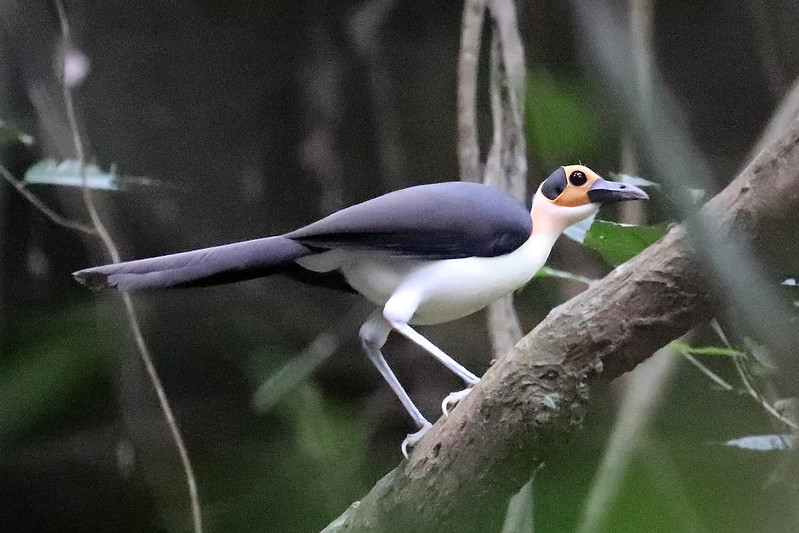
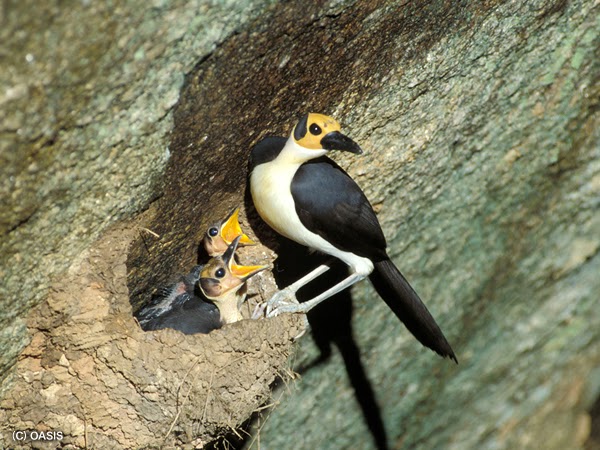
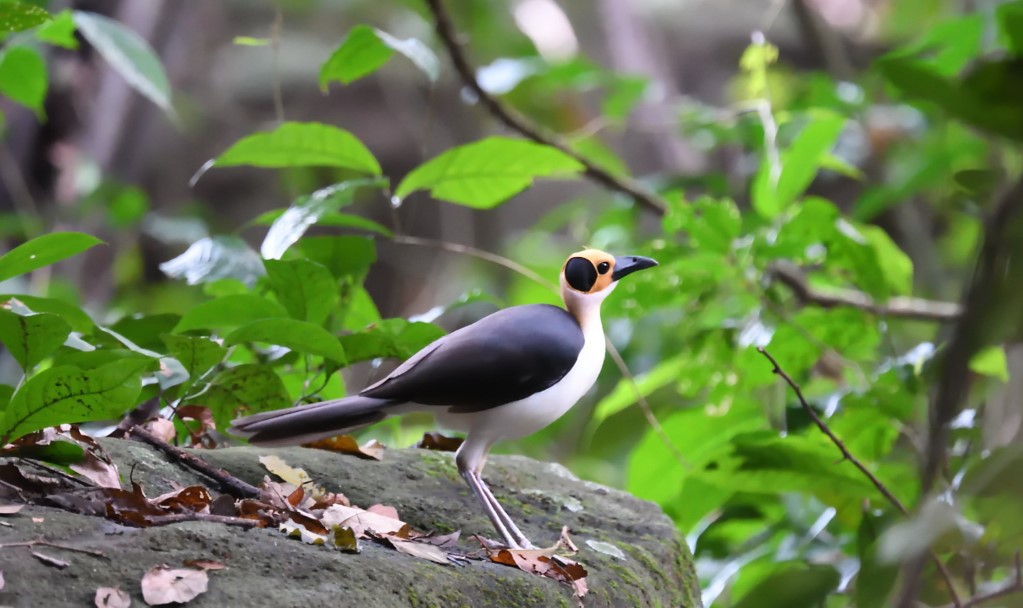

Deforestation, mining, and agricultural development have fragmented White-necked Rockfowl habitat, making it vulnerable. The bird’s dependence on rocky nesting places makes it sensitive to environmental changes.


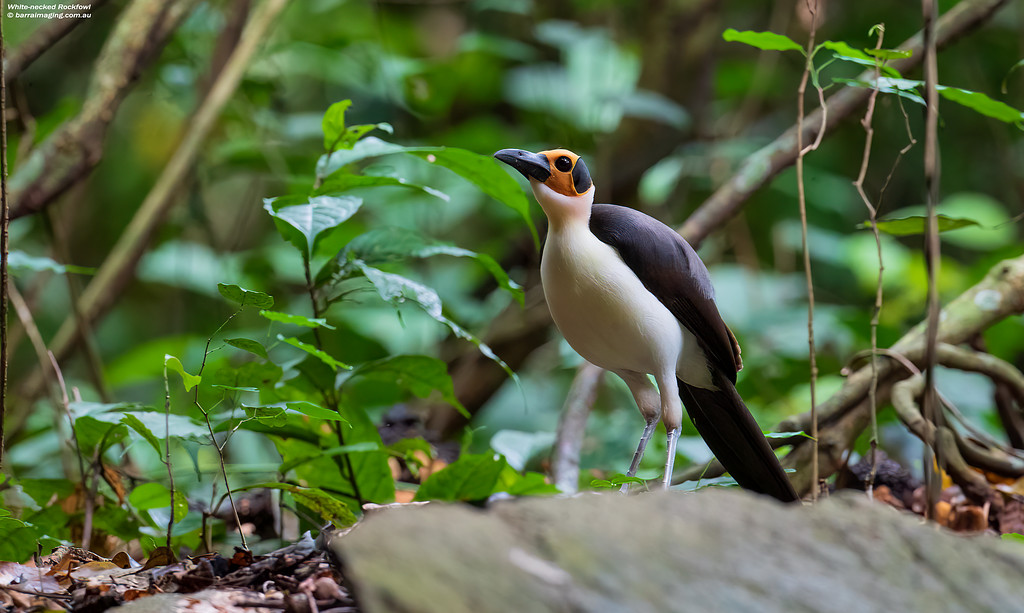
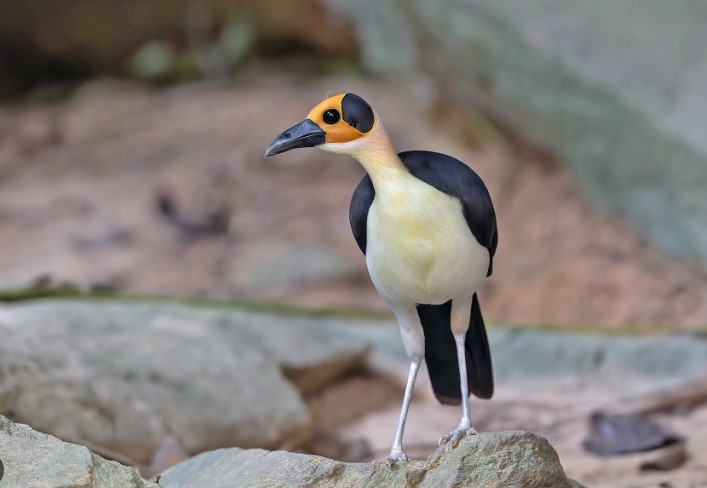
Various organizations are creating protected areas and promoting sustainable land use to preserve its habitat. Ecotourism is also promoted in some areas to raise awareness and support for this unique species.